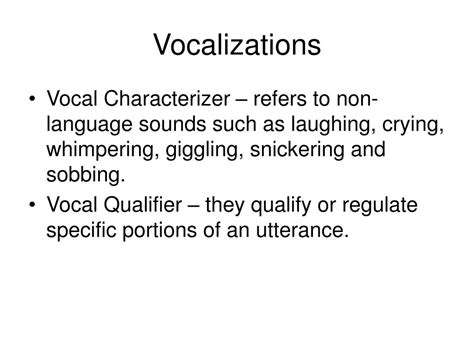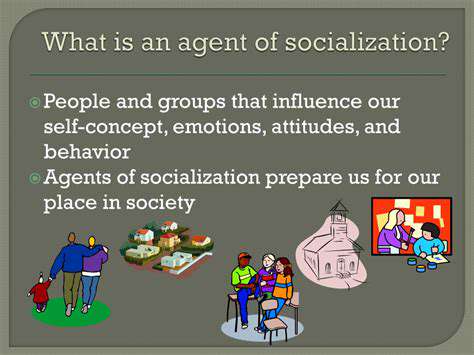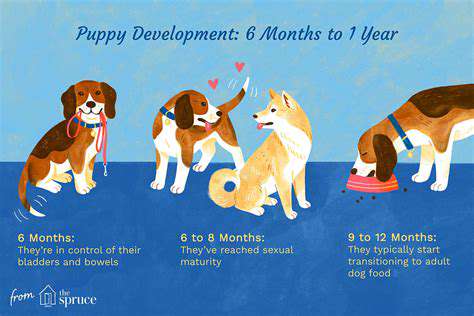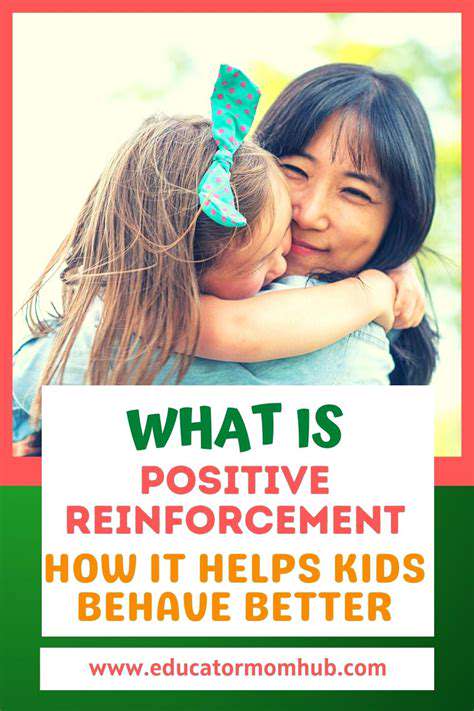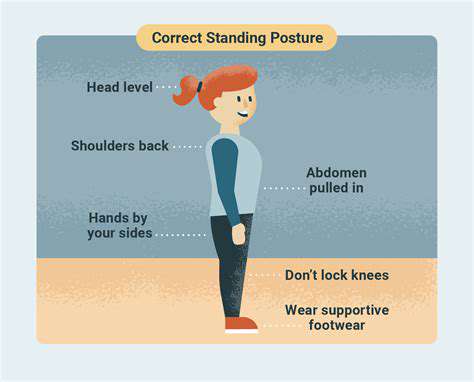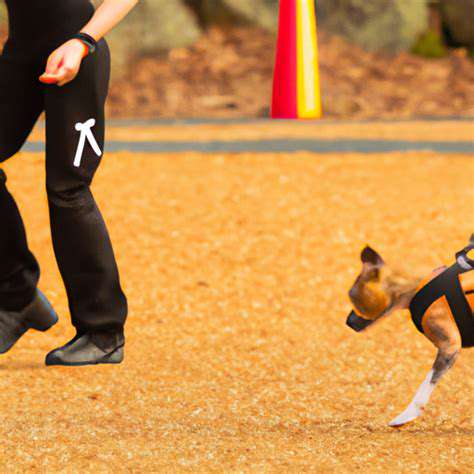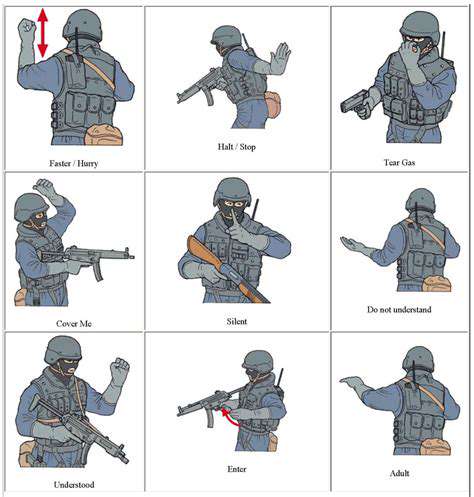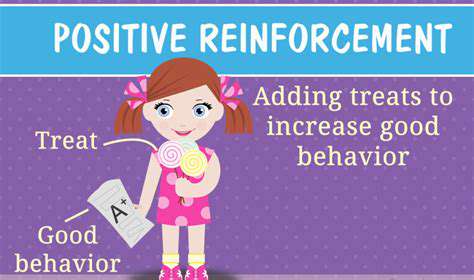Building a Fear Free Future: The Role of Early Puppy Socialization
Puppy socialization during formative weeks lays the groundwork for lifelong behavioral health. Those first 3-12 weeks create neural pathways that determine how a dog perceives novelty throughout its life. When pups encounter diverse stimuli - from sidewalk grates to children's laughter - during this window, they develop resilience rather than reactivity. The difference manifests clearly: socialized dogs approach new situations with curiosity, while undersocialized ones often cower or snap.
Consider how urban environments demand canine adaptability. A well-socialized dog navigates crowded streets, ignores skateboard clatter, and tolerates unexpected petting. This adaptability doesn't emerge by accident - it's cultivated through deliberate, positive exposures during puppyhood's critical learning phase. Owners who prioritize socialization reap the rewards for years through easier vet visits, stress-free travel, and harmonious multi-pet households.
Building Positive Associations: A Foundation for Future Success
The art of socialization lies not just in exposure, but in emotional conditioning. A puppy encountering its first umbrella should associate the object with chicken treats, not startling movements. This principle applies universally:
- Strangers become predictors of gentle scratches
- Car rides mean adventure and favorite toys
- Grooming tools signal massage-like comfort
Modern trainers emphasize choice-based socialization - allowing puppies to investigate novel items at their own pace while rewarding brave behavior. This approach prevents flooding (overwhelming exposure) while building genuine confidence. For example, rather than forcing interaction, let a puppy observe children playing from a comfortable distance, decreasing that distance as the pup shows interest.
The payoff emerges in adult dogs who:
- Greet veterinary exams with relaxed body language
- Remain composed during thunderstorms
- Display appropriate canine social skills at dog parks
These outcomes stem from thoughtful early experiences that wire the puppy's brain for resilience rather than reactivity.
Building Confidence Through Controlled Exposure
Understanding the Core Concept
Confidence-building mirrors immunization - small exposures create psychological antibodies against future anxiety. The process works through neuroplasticity; each positive experience with a previously scary stimulus (like elevators or men in hats) literally rewires the brain's threat assessment pathways.
Identifying and Defining Your Fears
Effective exposure requires precise fear mapping. A general my dog hates strangers becomes:
- Bearded men eliciting stronger reactions than clean-shaven ones
- Direct eye contact triggering more anxiety than side approaches
- Outdoor meetings tolerated better than indoor encounters
This granular understanding allows for targeted interventions. A behaviorist might recommend:
- Record bearded neighbors at 50ft (no reaction)
- Progress to 30ft while tossing high-value treats
- Gradually decrease distance over multiple sessions
Creating a Gradual Exposure Plan
The exposure hierarchy should follow the Goldilocks principle - challenges that are neither too easy nor overwhelming. For noise sensitivity:
| Week | Stimulus | Intensity | Distance |
|---|---|---|---|
| 1 | Recording of thunder | 20% volume | Adjacent room |
| 2 | Same recording | 40% volume | Same room |
| 3 | Real storm sounds | Window slightly open | Indoor play |
The key lies in maintaining the dog's ability to self-soothe throughout exposures. If panting or hiding occurs, immediately reduce intensity.
Practicing Coping Mechanisms
Pair exposures with established relaxation protocols:
- Teach settle on a mat with gradual distractions
- Use scent work (finding treats in grass) to engage the thinking brain
- Practice TTouch massage techniques during calm moments
These tools become lifelines when encountering unexpected triggers in real-world settings.
Monitoring Progress and Adjusting the Plan
Quantifiable metrics prevent subjective assessments. Track:
- Latency to recover (seconds until normal breathing resumes)
- Proximity tolerance (closest comfortable distance to trigger)
- Engagement (ability to respond to known cues during exposure)
Adjustments might include longer duration at current levels or adding intermediary steps when plateaus occur.
The Importance of Support and Patience
Canine confidence building follows a spiral trajectory - apparent setbacks often precede breakthroughs. Maintain a three steps forward, one step back mentality. Celebrate micro-successes:
- First tail wag near previously feared object
- Voluntary approach within 5 feet
- Ability to take treats near trigger
These incremental wins accumulate into transformed behavior over months of consistent work.
